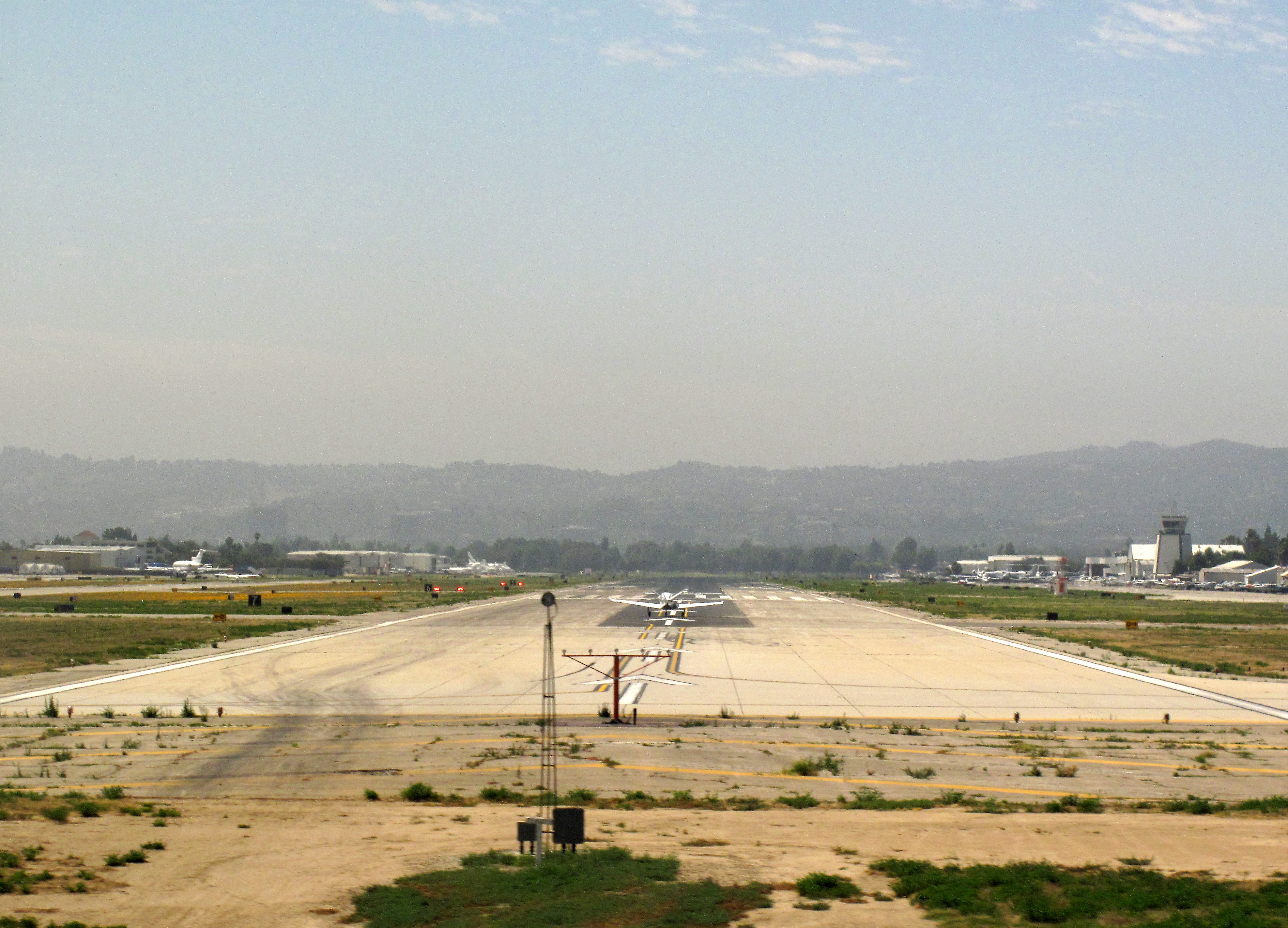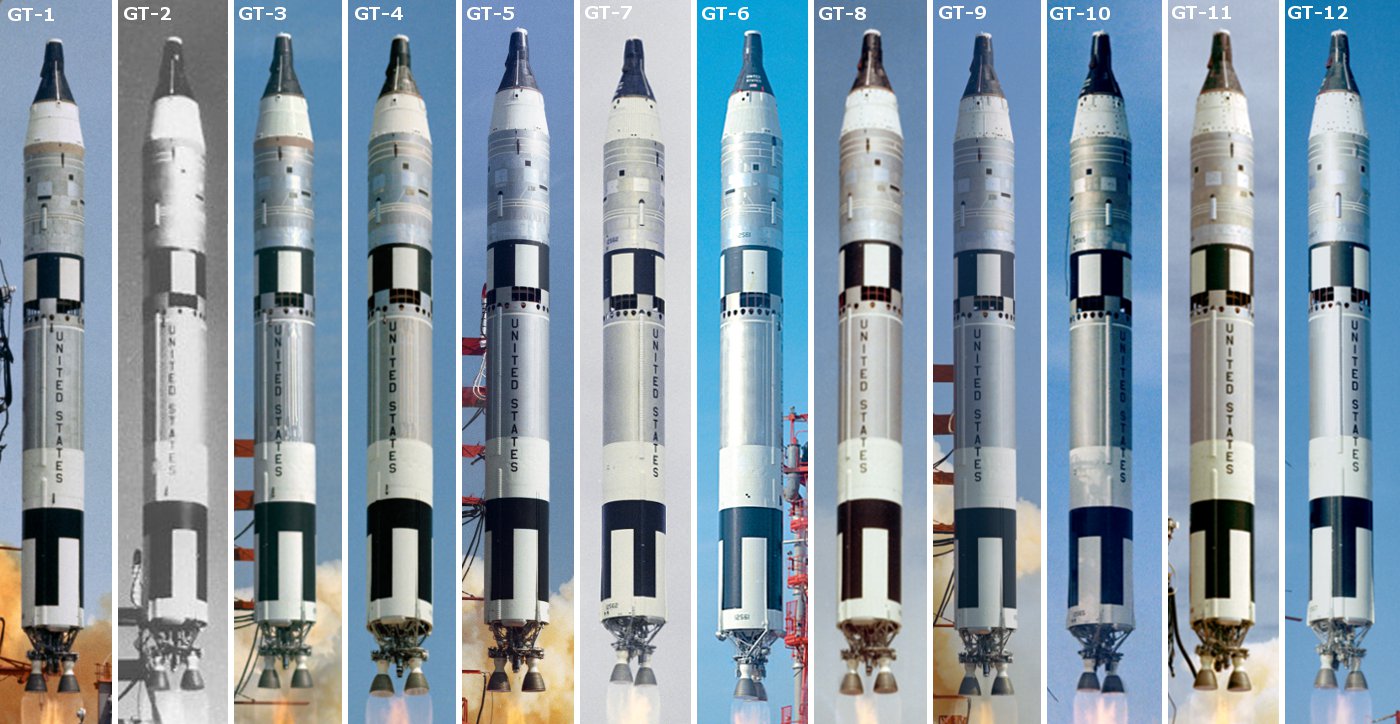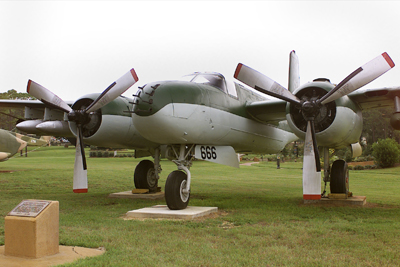|
Pregnant Guppy
The Aero Spacelines Pregnant Guppy was a large, wide-bodied cargo aircraft built in the United States and used for ferrying outsized cargo items, most notably components of NASA's Apollo program. The Pregnant Guppy was the first of the Guppy line of aircraft produced by Aero Spacelines. The design inspired later designs, such as the jet-powered Airbus Beluga and Boeing Dreamlifter. Development In 1960, NASA was using barges to transport increasingly large rocket components from manufacturers on the West Coast to test and launch sites on the East Coast, a method that was slow and expensive. Meanwhile, U.S. airlines were disposing of their obsolete piston-engined Boeing 377 Stratocruisers in favor of the newer jet-engined airliners. Aircraft broker Leo Mansdorf was stockpiling surplus Stratocruisers at Van Nuys for resale. Ex-USAF pilot John M. Conroy realized that these aircraft could be modified to transport the large but relatively light rocket components. Conroy pre ... [...More Info...] [...Related Items...] OR: [Wikipedia] [Google] [Baidu] |
WikiProject Aircraft
A WikiProject, or Wikiproject, is a Wikimedia movement affinity group for contributors with shared goals. WikiProjects are prevalent within the largest wiki, Wikipedia, and exist to varying degrees within Wikimedia project, sister projects such as Wiktionary, Wikiquote, Wikidata, and Wikisource. They also exist in different languages, and translation of articles is a form of their collaboration. During the COVID-19 pandemic, CBS News noted the role of Wikipedia's WikiProject Medicine in maintaining the accuracy of articles related to the disease. Another WikiProject that has drawn attention is WikiProject Women Scientists, which was profiled by ''Smithsonian Magazine, Smithsonian'' for its efforts to improve coverage of women scientists which the profile noted had "helped increase the number of female scientists on Wikipedia from around 1,600 to over 5,000". On Wikipedia Some Wikipedia WikiProjects are substantial enough to engage in cooperative activities with outside organization ... [...More Info...] [...Related Items...] OR: [Wikipedia] [Google] [Baidu] |
Van Nuys Airport
: ''For the United States Air Force use of the airport (1942–1990), see Van Nuys Air National Guard Base'' Van Nuys Airport is a public airport in the Van Nuys neighborhood of the City of Los Angeles. The airport is operated by Los Angeles World Airports (LAWA), a branch of the Los Angeles city government, which also operates Los Angeles International Airport (LAX). Van Nuys is one of the busiest general aviation airports in the world, with the airport's two parallel runways averaging over 230,000 takeoffs and landings annually. However, , no commercial air service operates to or from Van Nuys. Van Nuys is home to news, medical transport, and tour helicopter operators, the air operations unit of the Los Angeles City Fire Department, and a maintenance base for Los Angeles Police Department and Los Angeles Department of Water and Power helicopters. Originally opened as Metropolitan Airport on December 17, 1928, the airport became the Van Nuys Army Airfield during World War ... [...More Info...] [...Related Items...] OR: [Wikipedia] [Google] [Baidu] |
Cape Canaveral Air Force Station
Cape Canaveral Space Force Station (CCSFS) is an installation of the United States Space Force's Space Launch Delta 45, located on Cape Canaveral in Brevard County, Florida. Headquartered at the nearby Patrick Space Force Base, the station is the primary launch site for the Space Force's Eastern RangeCAST 1999, p. 1-12. with three launch pads currently active (Space Launch Complexes 37B, 40, and 41). The facility is south-southeast of NASA's Kennedy Space Center on adjacent Merritt Island, with the two linked by bridges and causeways. The Cape Canaveral Space Force Station Skid Strip provides a runway close to the launch complexes for military airlift aircraft delivering heavy and outsized payloads to the Cape. A number of American space exploration pioneers were launched from CCSFS, including the first U.S. Earth satellite (1958), first U.S. astronaut (1961), first U.S. astronaut in orbit (1962), first two-man U.S. spacecraft (1965), first U.S. unmanned lunar ... [...More Info...] [...Related Items...] OR: [Wikipedia] [Google] [Baidu] |
Titan II GLV
The Titan II GLV (Gemini Launch Vehicle) or Gemini-Titan II was an American expendable launch system derived from the Titan II missile, which was used to launch twelve Gemini missions for NASA between 1964 and 1966. Two uncrewed launches followed by ten crewed ones were conducted from Launch Complex 19 at the Cape Canaveral Air Force Station, starting with Gemini 1 on April 8, 1964. The Titan II was a two-stage liquid-fuel rocket, using a hypergolic propellant combination of Aerozine 50 fuel and nitrogen tetroxide oxidizer. The first stage was powered by an LR87 engine (with two combustion chambers and nozzles, fed by separate sets of turbomachinery), and the second stage was propelled by an LR-91 engine. Modifications from the Titan II missile In addition to greater payload capability, the Titan II promised greater reliability than the Atlas LV-3B, which had been selected for Project Mercury, because Titan's hypergolic-fueled engines contained far fewer components. S ... [...More Info...] [...Related Items...] OR: [Wikipedia] [Google] [Baidu] |
Saturn I
The Saturn I was a rocket designed as the United States' first medium lift launch vehicle for up to low Earth orbit payloads.Terminology has changed since the 1960s; back then, 20,000 pounds was considered "heavy lift". The rocket's first stage was built as a cluster of propellant tanks engineered from older rocket tank designs, leading critics to jokingly refer to it as "Cluster's Last Stand". Its development was taken over from the Advanced Research Projects Agency in 1958 by the newly formed civilian NASA. Its design proved sound and flexible. It was successful in initiating the development of liquid hydrogen-fueled rocket propulsion, launching the Pegasus satellites, and flight verification of the Apollo command and service module launch phase aerodynamics. Ten Saturn I rockets were flown before it was replaced by the heavy lift derivative Saturn IB, which used a larger, higher total impulse second stage and an improved guidance and control system. It also led the way ... [...More Info...] [...Related Items...] OR: [Wikipedia] [Google] [Baidu] |
S-IV
The S-IV was the second stage of the Saturn I rocket used by NASA for early flights in the Apollo program. The S-IV was manufactured by the Douglas Aircraft Company and later modified by them to the S-IVB, a similar but distinct stage used on the Saturn IB and Saturn V rockets. The S-IV stage was a large LOX/LH2-fueled rocket stage used for the early test flights of the Saturn I rocket. It formed the second stage of the Saturn I and was powered by a cluster of six RL-10A-3 engines. Each one of the engines supplied of thrust for a total of about . The cryogenic LH2 (liquid hydrogen) and LOX (liquid oxygen Liquid oxygen—abbreviated LOx, LOX or Lox in the aerospace, submarine and gas industries—is the liquid form of molecular oxygen. It was used as the oxidizer in the first liquid-fueled rocket invented in 1926 by Robert H. Goddard, an app ...) tanks were separated by a common bulkhead. The forward bulkhead of the LOX tank formed the aft bulkhead of the LH2 tank. ... [...More Info...] [...Related Items...] OR: [Wikipedia] [Google] [Baidu] |
Clay Lacy
Hershel Clay Lacy (born August 14, 1932) is the founder and former chief executive officer of Clay Lacy Aviation, established in 1968 as the first executive jet charter company in the Western United States. His professional resume includes pilot in command, airline captain, military aviator, experimental test pilot, air race champion, world record-setter, aerial cinematographer, and business aviation entrepreneur. Lacy has flown more than 300 aircraft types, logged more than 50,000 flight hours and accumulated more hours flying turbine, turbine aircraft than any other pilot in history. Aviation career Growing up on a farm near Wichita, Kansas, during the Great Depression, Lacy developed an early fascination with flight. He learned how to build model airplanes at age five and created his first gasoline-powered flying model at age eight. At age 12, Lacy piloted his first aircraft at Cannonball Airport, built on his grandmother's farm about three miles outside the city limits of W ... [...More Info...] [...Related Items...] OR: [Wikipedia] [Google] [Baidu] |
British Overseas Airways Corporation
British Overseas Airways Corporation (BOAC) was the British state-owned airline created in 1939 by the merger of Imperial Airways and British Airways Ltd. It continued operating overseas services throughout World War II. After the passing of the Civil Aviation Act 1946, European and South American services passed to two further state-owned airlines, British European Airways (BEA) and British South American Airways (BSAA). BOAC absorbed BSAA in 1949, but BEA continued to operate British domestic and European routes for the next quarter century. A 1971 Act of Parliament merged BOAC and BEA, effective 31 March 1974, forming today's British Airways. For most of its history its main rival was Pan Am. History War years On 24 November 1939, BOAC was created by Act of Parliament to become the British state airline, formed from the merger of Imperial Airways and British Airways Ltd. The companies had been operating together since war was declared on 3 September 1939, when the ... [...More Info...] [...Related Items...] OR: [Wikipedia] [Google] [Baidu] |
Pan Am
Pan American World Airways, originally founded as Pan American Airways and commonly known as Pan Am, was an American airline that was the principal and largest international air carrier and unofficial overseas flag carrier of the United States for much of the 20th century. It was the first airline to fly worldwide and pioneered numerous innovations of the modern airline industry such as jumbo jets, and computerized reservation systems. Until its dissolution in 1991, Pan Am "epitomized the luxury and glamour of intercontinental travel", and it remains a cultural icon of the 20th century, identified by its blue globe logo ("The Blue Meatball"), the use of the word " Clipper" in its aircraft names and call signs, and the white uniform caps of its pilots. Founded in 1927 by two former U.S. Army Air Corps majors, Pan Am began as a scheduled airmail and passenger service flying between Key West, Florida, and Havana, Cuba. Under the leadership of American entrepreneur Juan Trippe, ... [...More Info...] [...Related Items...] OR: [Wikipedia] [Google] [Baidu] |
On Mark Engineering
On Mark Engineering was an American aircraft remanufacturing company established in 1954 at Van Nuys Airport in California. Its most significant products were rebuilding military surplus A-26 Invaders into executive transports—the Marketeer with an unpressurized fuselage and the Marksman with fuselage pressurization. On Mark converted 41 Douglas B-26s into one YB-26K and 40 B-26K Counter-Invaders (later redesignated A-26A) for counterinsurgency missions with the US Air Force. On Mark also undertook conversion work of a Boeing 377 Stratocruiser into the prototype Pregnant Guppy for Aero Spacelines. Products * On Mark Executive * On Mark Marketeer * On Mark Marksman * B-26K Counter-Invader * Aero Spacelines Pregnant Guppy The Aero Spacelines Pregnant Guppy was a large, wide-bodied cargo aircraft built in the United States and used for ferrying outsized cargo items, most notably components of NASA's Apollo program. The Pregnant Guppy was the first of the Guppy .. ... [...More Info...] [...Related Items...] OR: [Wikipedia] [Google] [Baidu] |
Mortgage Loan
A mortgage loan or simply mortgage (), in civil law jurisdicions known also as a hypothec loan, is a loan used either by purchasers of real property to raise funds to buy real estate, or by existing property owners to raise funds for any purpose while putting a lien on the property being mortgaged. The loan is " secured" on the borrower's property through a process known as mortgage origination. This means that a legal mechanism is put into place which allows the lender to take possession and sell the secured property (" foreclosure" or " repossession") to pay off the loan in the event the borrower defaults on the loan or otherwise fails to abide by its terms. The word ''mortgage'' is derived from a Law French term used in Britain in the Middle Ages meaning "death pledge" and refers to the pledge ending (dying) when either the obligation is fulfilled or the property is taken through foreclosure. A mortgage can also be described as "a borrower giving consideration in th ... [...More Info...] [...Related Items...] OR: [Wikipedia] [Google] [Baidu] |








